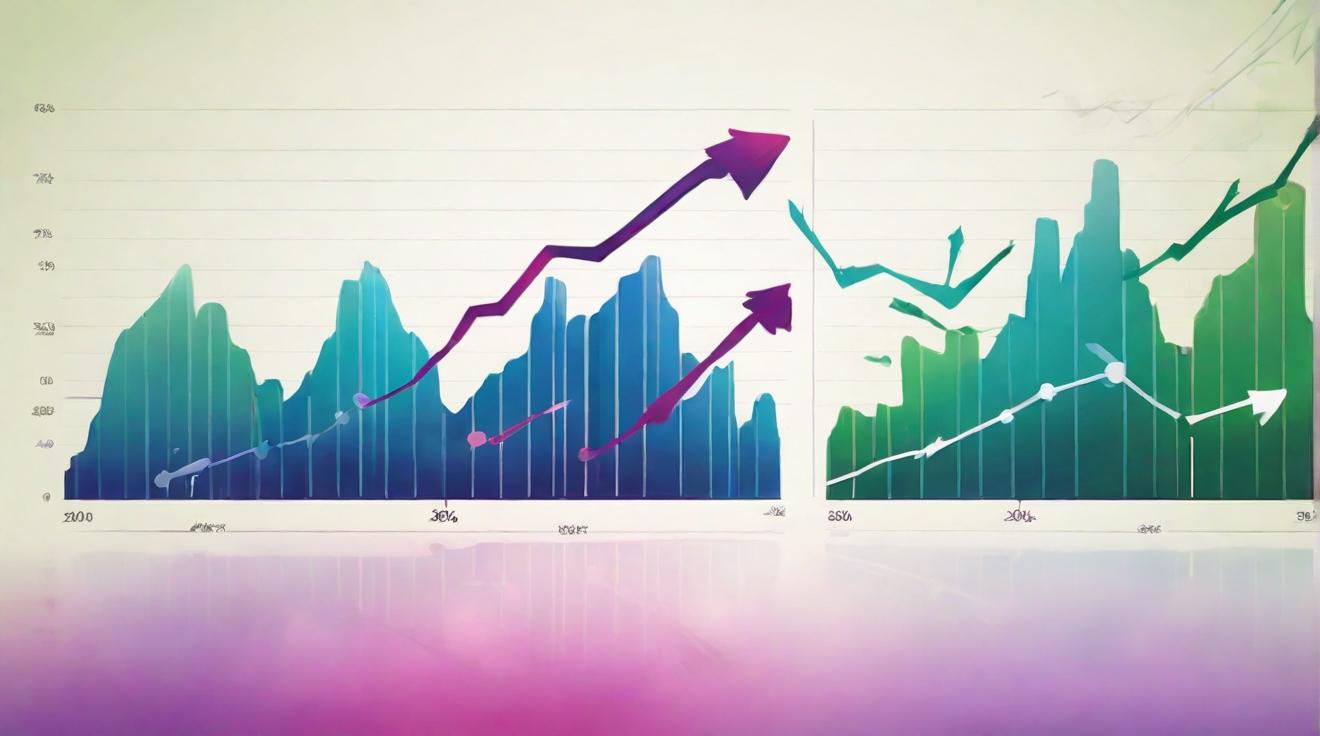China’s U.S. Exports Plunge 33% in August Amid Trade Tensions
China’s exports to the United States fell sharply by 33% in August 2025, according to customs data released Monday, exacerbating the slowdown in overall export growth to its lowest level in six months. Imports from the U.S. also declined by 16% year-over-year during the same period.
Overall, China’s exports rose 4.4% in August in U.S. dollar terms compared to a year earlier, missing economists’ expectations of a 5.0% increase and marking the slowest growth since February. This deceleration partly reflects the statistical impact of a high export base in the previous year, when growth peaked at nearly one and a half years.
Trade Tensions and Transshipment Crackdown Weigh on Exports
The steep drop in shipments to the U.S. comes amid heightened scrutiny of Chinese exports following President Donald Trump’s administration’s crackdown on transshipments—shipments routed through third countries to circumvent tariffs. In July, the U.S. imposed a 40% tariff on goods it identifies as transshipped, further constraining China’s export channels.
Economist Zichun Huang of Capital Economics noted that the fading benefits from the earlier U.S.-China trade truce and increased tariffs on rerouted shipments are expected to put pressure on exports in the near term. Despite the headline decline, exports were flat on a seasonally adjusted month-on-month basis, indicating that much of the slowdown is due to last year’s high comparisons.
Shift Toward Alternative Markets
Facing U.S. trade barriers, China has intensified efforts to expand exports to other regions. Shipments to the European Union, the Association of Southeast Asian Nations (ASEAN), and Africa surged by 10.4%, 22.5%, and nearly 26%, respectively, in August. Year-to-date through August, exports to these markets grew by 7.7%, 14.6%, and 24.6%, respectively, while shipments to the U.S. dropped 15.5%.
Zhiwei Zhang, chief economist at Pinpoint Asset Management, attributes this diversification to weak domestic demand driving exporters to seek higher market shares abroad. However, the U.S. remains China’s largest single-country trading partner, accounting for $283 billion in goods absorbed through August 2025, compared to $541 billion for the entire EU bloc.
Domestic Demand and Policy Outlook
Imports into China rose modestly by 1.3% year-over-year in August, missing expectations and reflecting ongoing domestic challenges such as a real estate downturn and employment uncertainties. Local governments have curtailed consumer subsidy programs aimed at stimulating spending, leading to concerns about sustained weak domestic demand.
Goldman Sachs forecasts persistent deflationary pressures, with the producer price index expected to decline 2.9% year-over-year in August and consumer price inflation remaining moderately negative. In response, analysts like Evercore ISI’s Neo Wang anticipate a modest rate cut by the People’s Bank of China in the coming week to counter subdued growth and bolster market confidence.
Outlook
As trade negotiations between Beijing and Washington show limited progress and tariff truce extensions maintain existing barriers, China’s export sector faces mounting headwinds. Observers will closely monitor upcoming economic data on retail sales, industrial output, and employment for signs of recovery or further weakness. Additionally, Beijing’s willingness to introduce fiscal or monetary stimulus will be critical to offsetting external trade pressures and supporting domestic demand in the coming months.
— Reported by CNBC with contributions from Evelyn Cheng.
FinOracleAI — Market View
The sharp 33% decline in China’s exports to the U.S. and the slowdown in overall export growth signal increased short-term pressure on China’s trade sector amid ongoing tariff and transshipment challenges. While diversification into other markets provides some relief, U.S. demand remains critical. Domestic economic softness further complicates the outlook.
Investors should watch for Beijing’s policy response, including potential interest rate cuts and fiscal stimulus, which could stabilize growth. Risks include escalating U.S.-China trade tensions and persistent weak global demand.
Impact: negative













